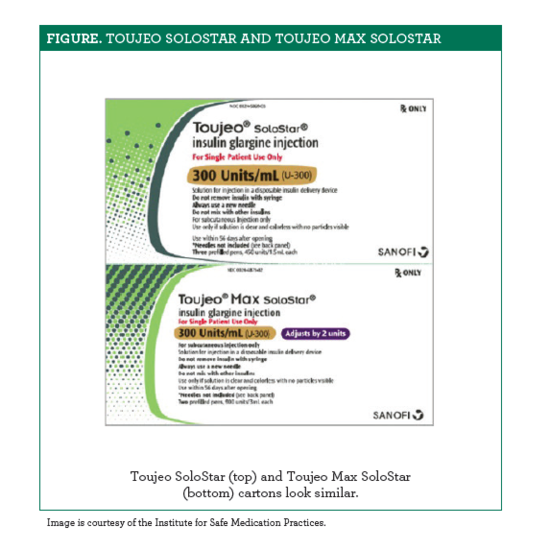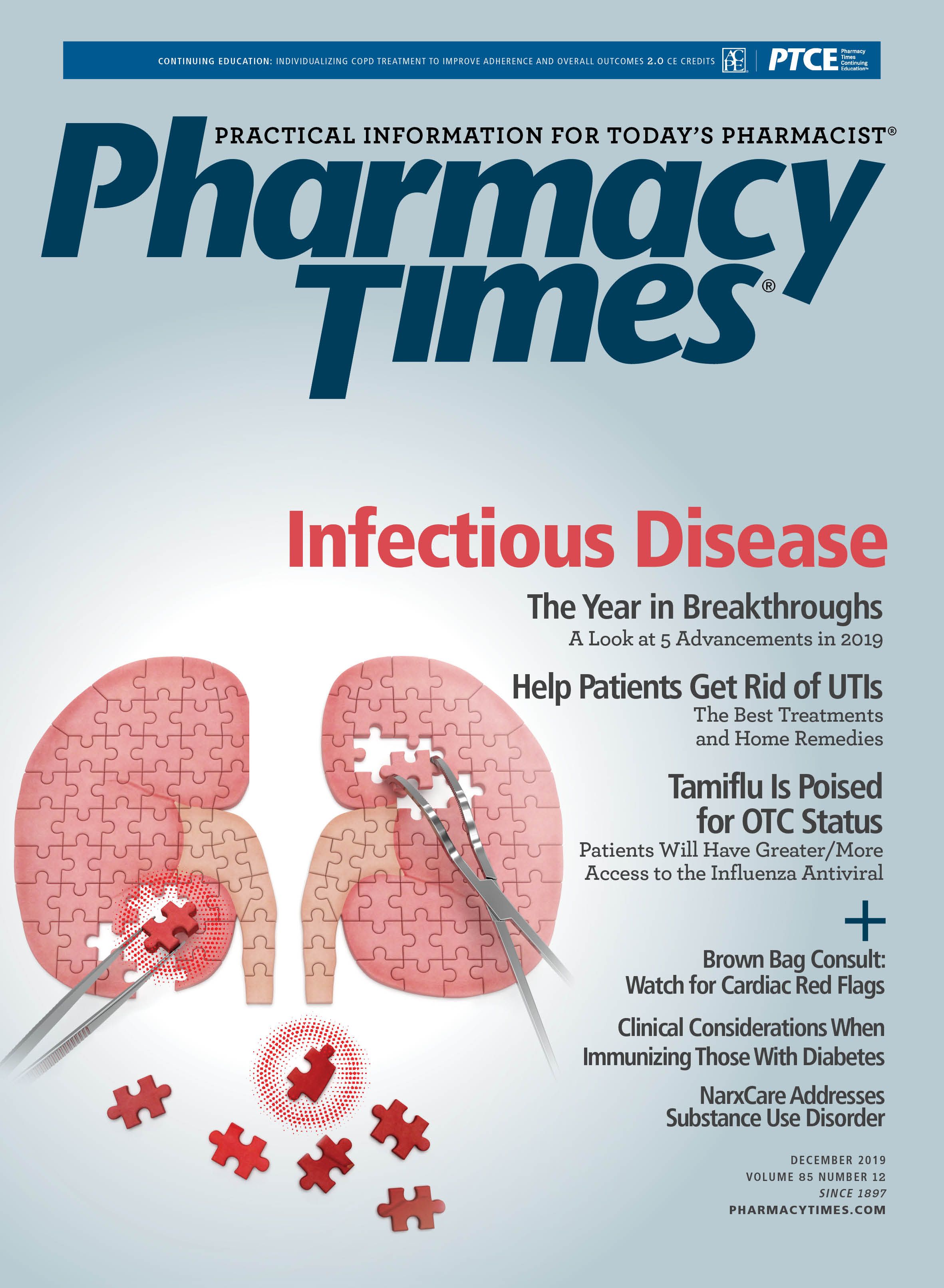Publication
Article
Pharmacy Times
Scrutinize Levothyroxine Prescriptions
Author(s):
Prescriber confusion regarding decimal point placement with doses expressed in miligrams is not uncommon.
A patient who was taking levothyroxine 25.0 μg at home experienced 2 inpatient admissions in which 2 different providers, including an endocrinologist, attempted to double the patient’s dose to 50.0 μg. However, instead of ordering 50.0 μg, both providers ordered 0.5 mg (500.0 μg) of the drug, a 10-fold dosing error. A medication reconciliation process had not been completed during either admission. Thus, the patient’s home medications were never discussed with the patient. Although default order sentences in the hospital’s computer system displayed microgram strengths for levothyroxine, the prescriber was able to choose the 25.0-μg product and modify the dose to 0.5 and the dosing unit to milligram. So the drug was ordered in milligrams, though microgram is the primary measure of strength on drug containers. The final order read, “levothyroxine 0.5 mg” (500.0 μg, not 50.0 μg).
Prescriber confusion regarding decimal point placement with levothyroxine doses expressed in milligrams has been reported previously, and the Institute for Safe Medication Practices (ISMP) has recommended using microgram strengths only. Similar errors between levothyroxine 0.25 mg and 0.025 mg have also been reported. We have even received a report about an order for oral “levothyroxine 0.75 mg daily.” However, upon checking the patient’s drug history from a prior encounter, a pharmacist noticed that the patient had been taking 75.0 μg (0.075 mg). Although most practitioners with experience may realize that 0.5-mg and 0.75-mg doses are most likely excessive, orders for 0.25-mg doses could easily slip by.
Although a 300-μg tablet of levothyroxine is available, patients seldomly require doses greater than 200 μg daily, and doses greater than 300 μg are even rarer. Therefore, consider building a warning with a hard stop whenever a dose greater than 200 μg is initially ordered for a new patient. Experience has shown that when such a warning appears, the correct dose has almost always been 25 or 50 μg, not 250 or 500μg. Practitioners should document the need for doses greater than 200 μg.
Avoid decimal points by making sure that drug strengths of less than 1 mg are listed in micrograms, not milligrams. Additionally, except in emergencies or in unusual circumstances, practitioners should obtain a medication history and, before prescribing medications, perform medication reconciliation. In the hospital where the 2 recent errors occurred, pharmacy informatics personnel are working to lock levothyroxine dose units and order sentences so that they are no longer modifiable.
Notably, some suppliers label levothyroxine in micrograms only, and many label in both micrograms and milligrams. Expression of dose units should be standardized so that label strengths are displayed in micrograms only.
LOOK-ALIKE TOUJEO CARTONS AND PENS
Sanofi makes 2 pen configurations for Toujeo (insulin glargine 300 U/mL). The original pen, Toujeo SoloStar, contains 450 U (1.5 mL) and measures doses in 1-U increments up to 80 U per injection. Toujeo Max SoloStar, approved last year, contains 900 U (3 mL) and measures doses in 2-U increments up to 160 U per injection. Toujeo Max SoloStar was created in part to reduce the number of pens patients need to use, according to a March 2018 statement from Sanofi.
The maximum dose of 160 U/mL may also help some adults reduce the number of injections needed to deliver the required dose.
A pharmacist alerted the ISMP to the look-alike nature of the cartons (see figure). The individual pens also look similar. The overall design of both the carton and the pen labels may overshadow the differentiating characteristics on the Toujeo Max SoloStar packaging (eg, the word Max, the phrase Adjusts by 2 units). If a dispensing error occurs, a patient, especially one who is visually impaired or who relies on counting dosing dial clicks to select the correct dose, may not realize the difference in the dosing increments and inadvertently administer twice as much insulin as intended.

Another practitioner recently reported intercepting several errors in which Toujeo was dispensed instead of the prescribed Toujeo Max. These errors were discovered during follow-up visits when the patients said they could not inject beyond 80 U in a single injection. Unfortunately, we do not know whether these mix-ups were the result of the look-alike packaging alone or whether the drug name modifier Max was missed during order entry.
For now, take steps to differentiate the product packaging. For example, consider circling or highlighting important information on labels to draw attention or add an auxiliary label, if necessary. Provide patient counseling at the point of sale, and include a review of the product, with instructions on how to dial the correct dose.
Michael J. Gaunt, PharmD, is a medication safety analyst and the editor of ISMP Medication Safety Alert! Community/Ambulatory Care Edition.
REFERENCE
FDA approves Toujeo Max SoloStar [news release]. Bridgewater, NJ: Sanofi; March 27, 2018. news.sanofi.us/2018-03-27-FDA-approves-Toujeo-R-Max-SoloStar-R. Accessed November 15, 2019.







